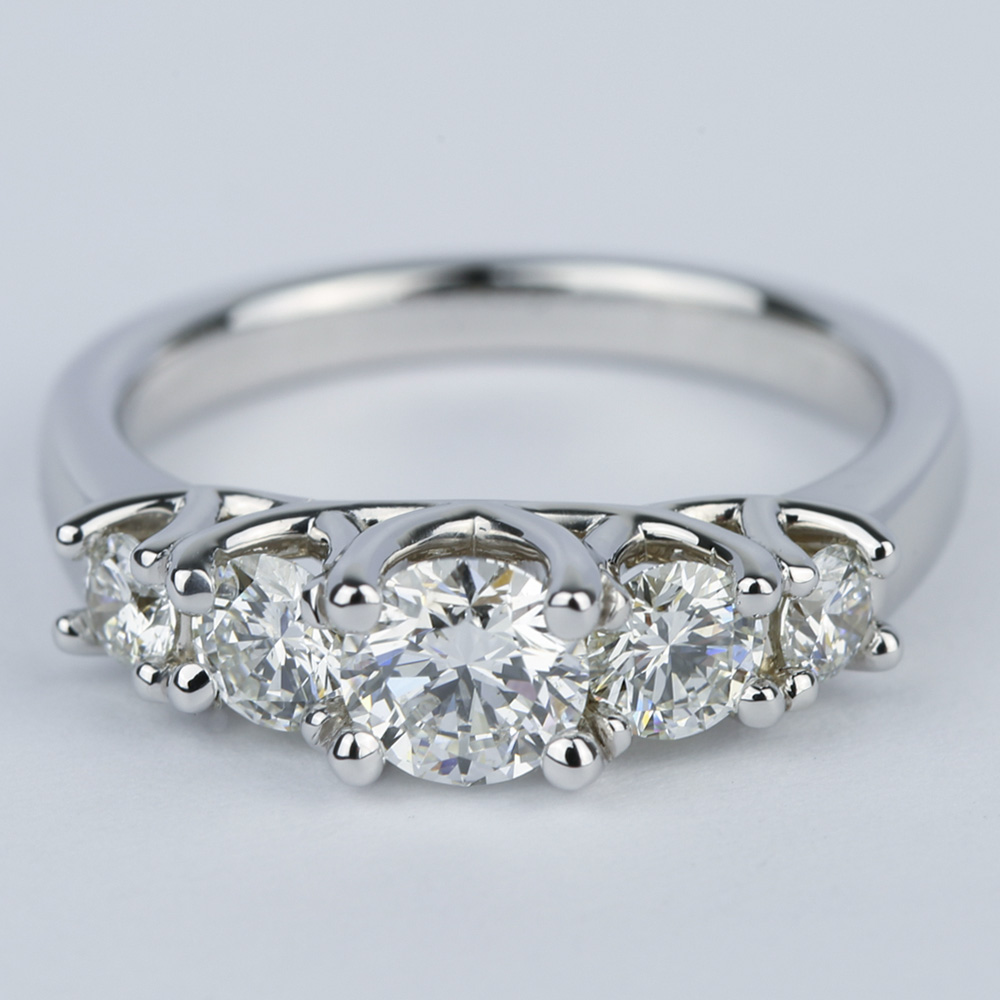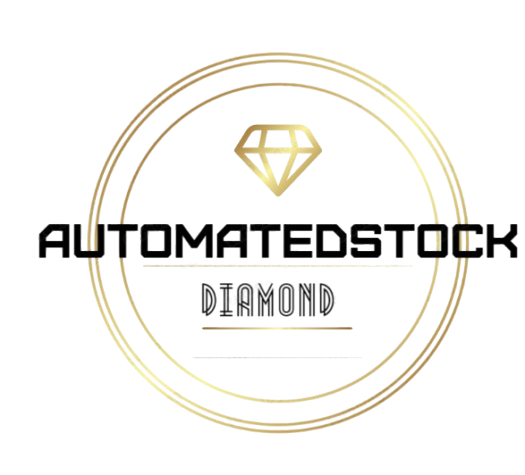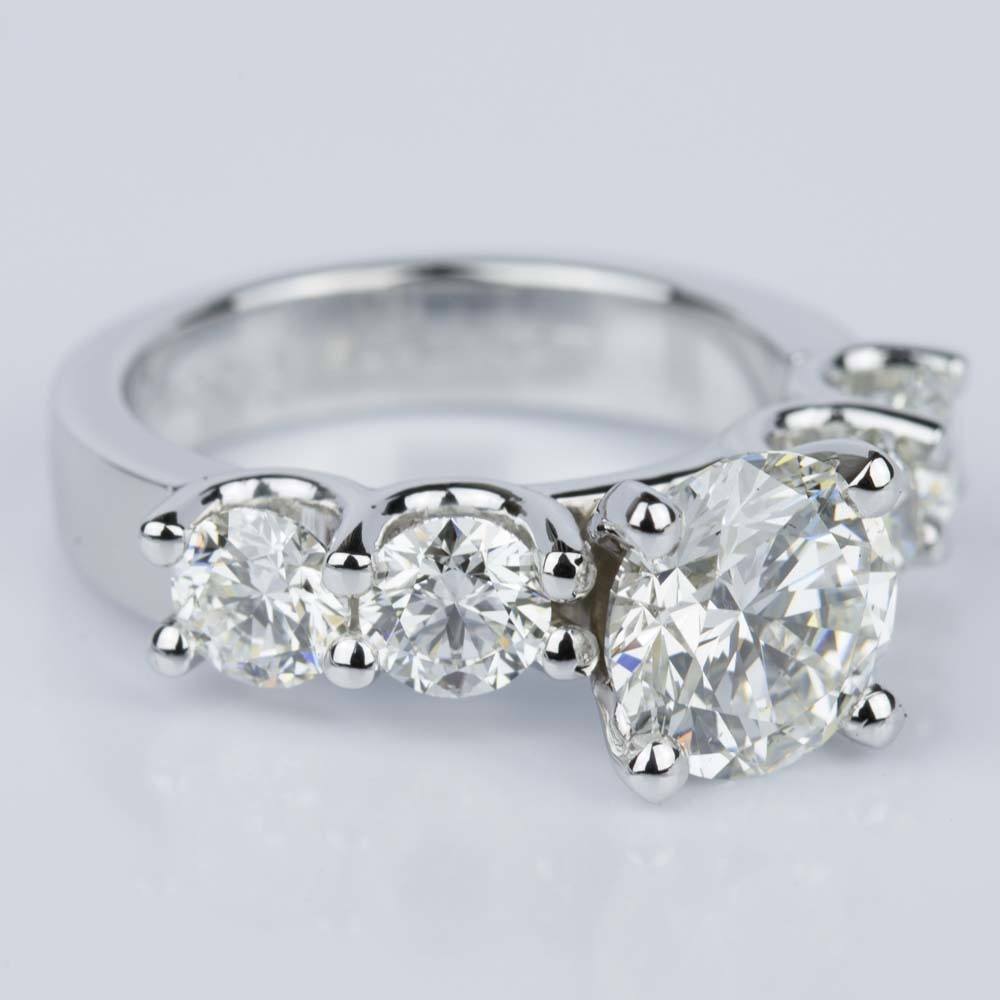The engagement ring is more than just a piece of jewelry; it’s a profound symbol of love, commitment, and the promise of a future together. For many, it’s the most significant piece of jewelry they will ever own or give, making the selection process an exciting yet often daunting journey. While the 4 Cs (Cut, Color, Clarity, and Carat Weight) are fundamental in assessing a diamond’s quality, the choice of the diamond’s shape and the ring’s overall style is where personal taste truly shines.
With countless options available, narrowing down the perfect ring can feel overwhelming. To help guide you through this sparkling maze, we will delve into five of the most iconic and beloved diamond engagement ring styles, exploring their unique characteristics, history, and why each might be the perfect reflection of your unique love story.
1. The Quintessential Sparkle: The Round Brilliant Cut
When most people envision a diamond, they picture the Round Brilliant Cut. This timeless and universally beloved shape reigns supreme as the most popular choice for engagement rings, accounting for over 75% of all diamonds sold. Its enduring appeal lies in its unparalleled brilliance, fire, and scintillation – the dazzling interplay of white light, colored flashes, and sparkling patterns that dance within the stone.
What makes it special? The Round Brilliant Cut is meticulously engineered to maximize light return. Its 58 precisely angled facets (or 57 if the culet is not faceted) are designed to gather light from above, reflect it internally, and then disperse it back through the top of the diamond, creating that mesmerizing sparkle that has captivated hearts for centuries. This masterful cut not only offers exceptional light performance but also provides incredible versatility, complementing virtually any hand shape and fitting seamlessly into a myriad of settings.
A Bit of History: While round diamonds have existed for centuries, the "brilliant" cut as we know it today was refined in the early 20th century by Marcel Tolkowsky in 1919. His mathematical calculations optimized the facet arrangement for maximum brilliance, setting the standard for diamond cutting that remains largely unchanged.
Who is it for? The Round Brilliant is ideal for the classicist, the traditionalist, and anyone who desires a timeless piece that will never go out of style. It’s perfect for someone who appreciates enduring elegance, unparalleled sparkle, and a versatile design that can be dressed up or down.
Setting Suggestions: Its inherent brilliance shines in almost any setting.
- Solitaire: A single round brilliant diamond in a simple prong setting (four or six prongs) is the epitome of classic elegance, allowing the diamond to be the undisputed star.
- Pavé: A band adorned with small diamonds (pavé) adds extra sparkle without distracting from the center stone.
- Halo: A halo of smaller diamonds encircling the center stone can make the round brilliant appear larger and add an extra layer of brilliance.
- Side Stones: Flanking the round brilliant with baguette or tapered baguette side stones can create a sophisticated, Art Deco-inspired look.
Considerations: While universally appealing, a round brilliant diamond can sometimes appear smaller face-up than fancy shapes of the same carat weight due to its deep pavilion designed for brilliance. However, its superior light performance often compensates for this.
2. Modern Elegance with an Edge: The Princess Cut
For those who love the brilliance of a round diamond but desire a more contemporary and distinctive shape, the Princess Cut offers the perfect blend. It is the second most popular diamond shape and a favorite among modern brides.
What makes it special? The Princess Cut is characterized by its square or sometimes rectangular shape with sharp, distinct corners. Unlike the step-cut facets of an emerald cut, the princess cut features brilliant-style faceting, often with between 50 and 70 facets, primarily on its pavilion and crown. This faceting pattern allows it to achieve a sparkle that rivals the round brilliant, offering an impressive amount of fire and brilliance. Its geometric lines give it a bold, modern aesthetic, while its brilliant facets ensure it remains dazzling.
A Bit of History: The princess cut is a relatively modern invention, first appearing in the 1960s and gaining significant popularity in the 1980s. Its development was aimed at creating a square diamond with the maximum possible brilliance, making it a highly efficient cut that retains more of the rough diamond, often leading to a better value per carat compared to a round brilliant of similar quality.
Who is it for? The Princess Cut is an excellent choice for individuals who appreciate clean lines, contemporary design, and a strong, confident aesthetic. It’s for the modern romantic who wants both significant sparkle and a unique, geometric silhouette.
Setting Suggestions: The sharp corners of a princess cut require careful protection.
- V-Prongs: A four-prong setting with V-shaped prongs is essential to protect the vulnerable corners from chipping.
- Bezel Setting: A full bezel setting offers maximum protection and a sleek, modern look.
- Channel Setting: Princess cuts look stunning in channel settings, especially when paired with side stones of the same shape.
- Three-Stone: Flanked by two smaller princess or baguette diamonds, a three-stone princess cut ring creates a powerful statement.
Considerations: The pointed corners, while contributing to its unique look, are the most vulnerable part of the diamond. A secure setting is paramount. Also, due to its table size, inclusions can sometimes be more visible than in other shapes, so clarity is an important factor.
3. Graceful Elongation: The Oval Cut
The Oval Cut has seen a significant resurgence in popularity, becoming a top choice for those seeking a blend of classic elegance and contemporary flair. It offers the brilliant sparkle of a round diamond but in an elongated, sophisticated silhouette.
What makes it special? An oval cut diamond is essentially an elongated round brilliant, featuring a similar faceting pattern that delivers impressive fire and brilliance. Its stretched shape creates an illusion of greater size, often appearing larger than a round brilliant of the same carat weight. Furthermore, its elegant, elongated form has a flattering effect on the finger, making it appear longer and more slender.
A Bit of History: Oval diamonds have a longer history than many realize. The modern oval brilliant cut was designed by Lazare Kaplan in the late 1950s, a master diamond cutter renowned for his ability to cleave diamonds and bring out their hidden beauty. His innovation transformed the oval into a dazzling, light-performing gem.
Who is it for? The Oval Cut is perfect for the chic, sophisticated individual who appreciates a classic aesthetic with a modern twist. It’s for someone who desires an elegant, flattering shape that offers substantial sparkle and a distinct, memorable presence on the hand. Its vintage appeal also makes it popular among those who love antique-inspired jewelry.
Setting Suggestions: The oval cut is incredibly versatile and looks stunning in various settings.
- Solitaire: A simple four or six-prong solitaire setting beautifully highlights the oval’s elegant shape and brilliance.
- Halo: A delicate halo of smaller diamonds can accentuate its size and add a touch of vintage glamour.
- Pavé Band: Pairing an oval with a pavé diamond band enhances its sparkle without overpowering its graceful form.
- East-West Setting: For a truly unique look, an oval diamond can be set horizontally (East-West), offering a modern and unconventional appeal.
Considerations: Like some other elongated fancy shapes, oval diamonds can exhibit a "bow-tie" effect – a dark area across the center of the diamond where light is not reflected. A well-cut oval will minimize or eliminate this effect, so it’s crucial to evaluate the stone’s individual light performance.
4. Understated Sophistication: The Emerald Cut
For those who prefer refined elegance over dazzling sparkle, the Emerald Cut offers a distinctive and sophisticated choice. It stands apart from brilliant cuts with its unique "hall of mirrors" effect.
What makes it special? The Emerald Cut is a step-cut diamond, meaning its facets are cut in parallel steps along the diamond’s pavilion and crown, creating a series of concentric, rectangular planes. This faceting style results in long, clean lines and broad flashes of light and dark, rather than the intense scintillation of brilliant cuts. Its large, open table (the flat top surface) and rectangular shape with cropped corners emphasize the diamond’s clarity and natural transparency. The "hall of mirrors" effect, with its interplay of light and shadow, gives it a unique, understated glamour.
A Bit of History: The emerald cut originated from the cutting style developed for emerald gemstones, which are often cut this way to enhance their color and protect them from chipping. It became popular for diamonds in the Art Deco era of the 1920s and 30s, aligning perfectly with the era’s geometric and streamlined aesthetic.
Who is it for? The Emerald Cut is ideal for the confident, sophisticated individual who appreciates vintage charm, architectural lines, and a distinctive, elegant look. It’s for someone who values clarity and transparency, desiring a diamond that makes a statement through its unique light play and refined character rather than explosive sparkle.
Setting Suggestions: The emerald cut’s clean lines lend themselves beautifully to minimalist or vintage-inspired settings.
- Solitaire: A simple four-prong solitaire setting allows the emerald cut’s unique shape and clarity to take center stage.
- Side Baguettes: Flanking an emerald cut with two tapered baguette diamonds on either side is a classic pairing that enhances its Art Deco appeal.
- Halo: A delicate halo can soften its edges and add a touch of brilliance, though it’s less common than for brilliant cuts.
- Platinum or White Gold: These metals often complement the cool, sophisticated tone of an emerald cut.
Considerations: Due to its large, open table and step facets, inclusions and color are more easily visible in an emerald cut than in brilliant cuts. Therefore, a higher clarity (VS2 or better) and color grade (H or better) are often recommended to ensure its pristine appearance. It also has less inherent sparkle than brilliant cuts, which is a matter of preference.
5. Romantic Vintage Charm: The Cushion Cut
The Cushion Cut offers a beautiful blend of vintage charm and modern brilliance, often referred to as a "pillow cut" due to its soft, rounded corners and larger facets. It has gained immense popularity for its romantic aesthetic and dazzling sparkle.
What makes it special? The Cushion Cut is essentially a square or rectangular shape with rounded corners, resembling a cushion or pillow. It features larger facets than a round brilliant, which can be cut in various styles. Traditional cushion cuts have a more antique, "chunky" facet pattern that produces broad flashes of light. Modern cushion brilliants, on the other hand, often feature a "crushed ice" facet pattern, which offers a more fragmented, intense sparkle similar to a round brilliant. This variety in faceting allows for different light performance characteristics within the cushion cut family. Its soft edges and ample brilliance give it a unique, romantic appeal.
A Bit of History: The cushion cut has a rich history, dating back nearly 200 years. It was the standard diamond cut for much of the 19th century and early 20th century, predating the modern round brilliant. Often referred to as the "Old Mine Cut," these early cushion cuts were designed to sparkle under candlelight, a testament to their enduring charm.
Who is it for? The Cushion Cut is perfect for the romantic at heart, the individual who appreciates vintage aesthetics, and those who desire a unique diamond with both fire and softness. It’s for someone who wants a substantial-looking diamond that feels both classic and distinctly personal.
Setting Suggestions: The cushion cut’s soft edges make it versatile for various settings.
- Halo: A halo setting is incredibly popular for cushion cuts, enhancing their perceived size and intensifying their sparkle, often creating a stunning, opulent look.
- Pavé Band: A cushion cut paired with a pavé diamond band accentuates its brilliance and adds to its luxurious feel.
- Solitaire: A simple four-prong solitaire setting allows the cushion cut’s unique shape and sparkle to stand out.
- Rose Gold: The warmth of rose gold beautifully complements the romantic, vintage feel of a cushion cut.
Considerations: Similar to oval diamonds, some cushion cuts can exhibit a "bow-tie" effect, especially those with a longer rectangular shape. It’s also important to consider the exact facet pattern; a "chunky" pattern will have larger, bolder flashes, while a "crushed ice" pattern will offer a more intense, dispersed sparkle. Cushion cuts can also retain more color than other shapes, so it’s worth paying attention to the color grade.
Beyond the Cut: The Importance of the 4 Cs and Your Setting
While choosing the diamond shape is a significant step, remember that the 4 Cs (Cut, Color, Clarity, and Carat Weight) are paramount to the diamond’s overall beauty and value.
- Cut (especially for brilliant shapes) dictates how well the diamond interacts with light.
- Color refers to the absence of color (D being colorless, Z having a noticeable tint).
- Clarity measures the absence of inclusions (internal flaws) and blemishes (external flaws).
- Carat Weight is the diamond’s weight, not necessarily its visible size.
Finally, the setting plays a crucial role in enhancing the diamond’s beauty and reflecting personal style. Whether you choose a classic solitaire, a glamorous halo, a modern bezel, or a vintage-inspired three-stone setting, the metal type (platinum, white gold, yellow gold, rose gold) and additional embellishments will complete the look and tell your unique story.
Conclusion
Selecting an engagement ring is a deeply personal journey, a decision steeped in love and anticipation. Each of these five iconic diamond engagement ring styles – the timeless Round Brilliant, the modern Princess, the graceful Oval, the sophisticated Emerald, and the romantic Cushion – offers a distinct aesthetic and character. By understanding their unique qualities and considering your partner’s personal style, preferences, and lifestyle, you can confidently choose a ring that not only sparkles brilliantly but also beautifully symbolizes your enduring commitment and the extraordinary love you share. May your chosen diamond forever shine as a beacon of your beautiful journey together.


